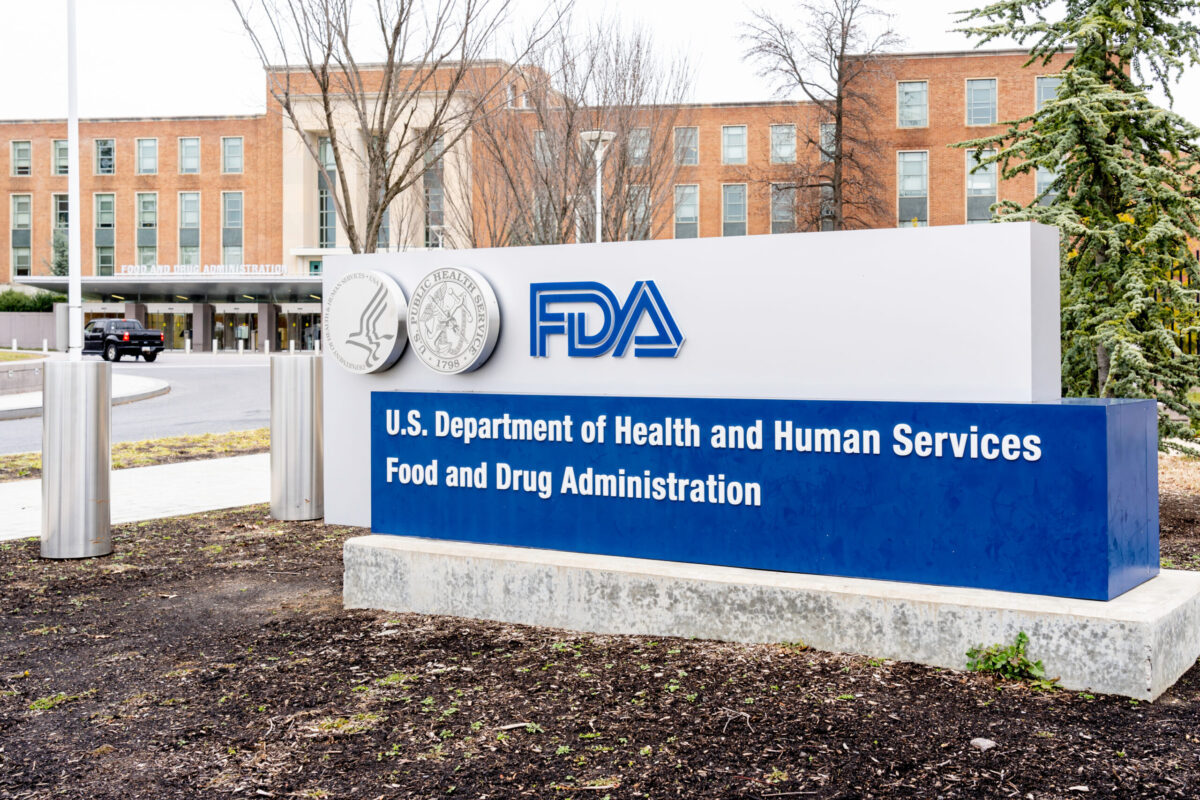A new treatment for Huntington’s disease could lie in a novel neuroprotective compound, identified as part of a multi-institutional study run out of Massachusetts General Hospital (MGH). The results of the study – which were published in the journal, Cell Chemical Biology – found that the newly-discovered compound was able to prevent neurodegeneration in both cell culture and animal models of Huntington’s disease, using two distinct mechanisms.
The compound was able to activate an antioxidant pathway controlled by the NRF2 transcription factor, and concurrently inhibit a regulatory enzyme known as SIRT2. Named after the MassGeneral Institute for Neurodegenerative Disease (MIND), the compound was called MIND4.
“Based on numerous studies, it has become evident that the pathologies of neurodegenerative diseases, including Huntington’s disease, are very complex, so targeting multiple pathways may help us achieve maximum therapeutic benefit,” said Dr. Aleksey Kazantsev, an investigator at MIND, and the senior author on the study. “The lead compound identified in the current study has two distinct mechanisms, both of which are shown to be potentially neuroprotective and which we expect will have synergistic benefits.”
Kazantsev and his team previously identified SIRT2 as a potentially important drug target for Huntington’s disease and Parkinson’s disease. Collaborating with 12 different research centers across 5 countries, Kazantsev and his colleagues began looking for a group of chemically-similar molecules – known as a scaffold – which could support more effective and selective SIRT2 inhibitors.
While MIND4 was found to be the most potent SIRT2 inhibitor, the group identified and combined a number of other similar compounds, with varying levels of SIRT2 specificity. The researchers investigated MIND4’s inhibitive effects on SIRT2 by studying gene expression in cell culture models of Huntington’s disease, compared to healthy neurons.
They found that seven pathways were highly activated by MIND4 treatment, and that these were related to NRF2-mediated oxidative stress responses. These responses were characteristic of SIRT2 inhibition, and some of the other MIND compounds – including one known as MIND4-17 – had a neuroprotective effect on cells in both Drosophila and rat brains.
“Finding that MIND4’s SIRT2 and NRF2 activities are independent of each other is a critical step for further drug development, which indicates that work to improve the potency of each activity should proceed separately,” said Kazantsev. “We still don’t know whether the neuroprotective results we observed in this study depend more on one activity or the other, but since MIND4, which produces both activities, was a better protectant than MIND4-17, which only activates NRF2, I speculate that both activities will be necessary.
“MIND4 is a great starting template for drug development, and we have promising preliminary results in two mouse models,” continued Kazantsev. “We also need to optimize the pharmacology to meet FDA requirement for a version we can test in human patients. Right now, we expect to have results regarding the mechanism behind NRF2 activation ready for submission soon.”












Join or login to leave a comment
JOIN LOGIN